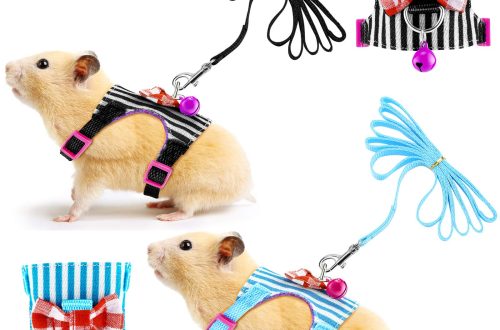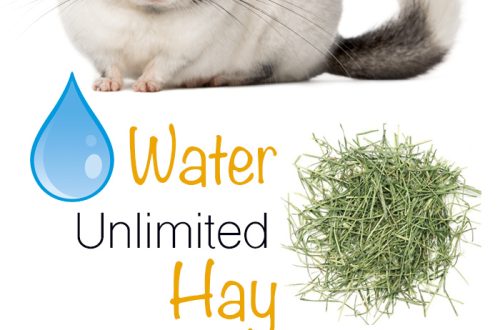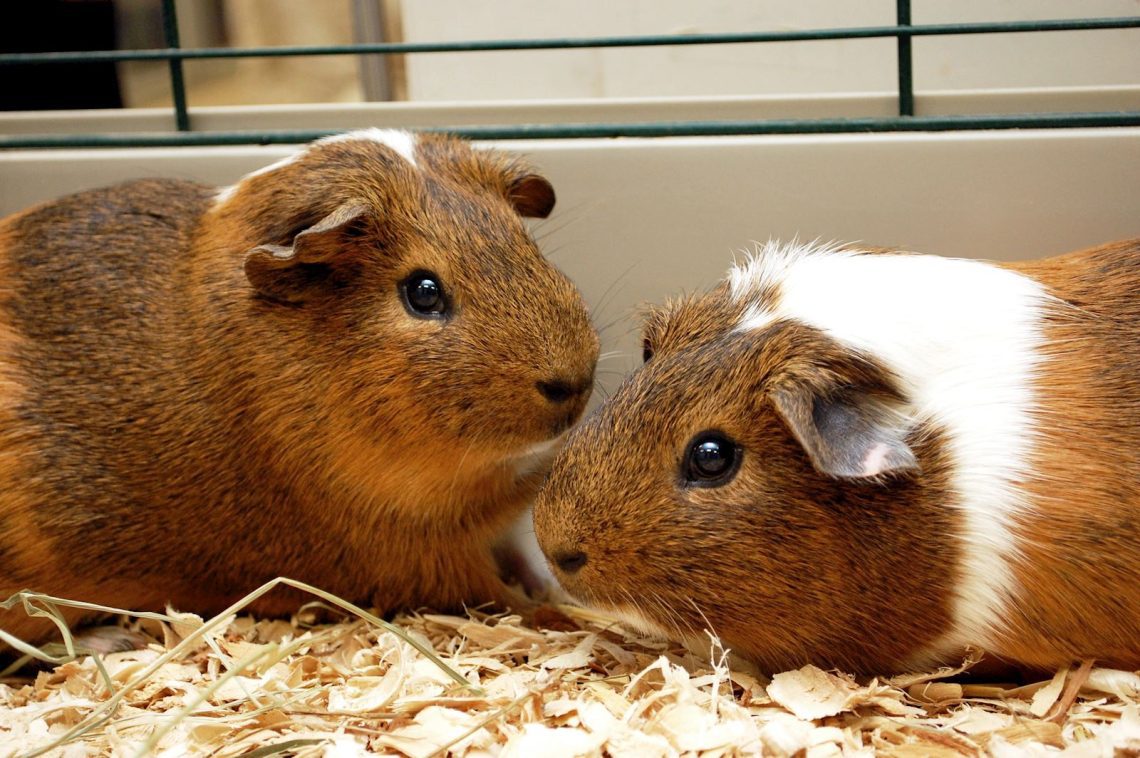
Caring for weak baby guinea pigs
It often happens that one or more cubs are born smaller and weaker than the rest. In numerous litters, the difference in weight and size of the cubs is especially noticeable. This difference is due to the position of the fetus in which it was in the womb, and on which the different amounts of nutrients and oxygen depended.
The “unlucky” cubs, figuratively speaking, were starving in the womb, so they could not gain the same weight as other littermates whose location was more favorable. These babies may be viable and healthy and will be able to compete with brothers and sisters for the mother’s teats and thus survive, although their growth will be somewhat slowed down. But just as often – especially in litters of 5 or more cubs – such piglets can die after a few days due to their inability to suckle their mother.
It often happens that one or more cubs are born smaller and weaker than the rest. In numerous litters, the difference in weight and size of the cubs is especially noticeable. This difference is due to the position of the fetus in which it was in the womb, and on which the different amounts of nutrients and oxygen depended.
The “unlucky” cubs, figuratively speaking, were starving in the womb, so they could not gain the same weight as other littermates whose location was more favorable. These babies may be viable and healthy and will be able to compete with brothers and sisters for the mother’s teats and thus survive, although their growth will be somewhat slowed down. But just as often – especially in litters of 5 or more cubs – such piglets can die after a few days due to their inability to suckle their mother.

If the entire brood was born weak, this could be due to the following reasons:
- a large number of cubs (7 or more),
- prematurity of cubs (born before 64 days),
- the female suffered from some disease, such as malnutrition or scurvy (lack of vitamin C).
Premature piglets can be identified by white soft claws and poor coat. In winter, healthy newborn piglets may die if the mother does not clean and feed them immediately after birth, as they will soon begin to suffer from cold and may die from colds or pneumonia.
From time to time, babies born at a normal weight and looking healthy may begin to lose weight and weaken after a few days. The reason may lie in some kind of congenital abnormality or in an underdeveloped sucking reflex. In the latter case, the cub may die if you do not resort to artificial feeding.
There are different opinions as to whether a weak cub should be rescued. If he lies on his side and is unable to rise to his feet, or lies on his stomach and cannot raise his head, there is no point in rescuing such a pig, since he is already dying. But a trembling little but otherwise healthy-looking baby can be saved. A wet and cold baby needs to be dried and warmed before being released to the rest of the pigs, however, no matter what, there is always a chance that he will catch pneumonia due to hypothermia and die.
If the entire brood was born weak, this could be due to the following reasons:
- a large number of cubs (7 or more),
- prematurity of cubs (born before 64 days),
- the female suffered from some disease, such as malnutrition or scurvy (lack of vitamin C).
Premature piglets can be identified by white soft claws and poor coat. In winter, healthy newborn piglets may die if the mother does not clean and feed them immediately after birth, as they will soon begin to suffer from cold and may die from colds or pneumonia.
From time to time, babies born at a normal weight and looking healthy may begin to lose weight and weaken after a few days. The reason may lie in some kind of congenital abnormality or in an underdeveloped sucking reflex. In the latter case, the cub may die if you do not resort to artificial feeding.
There are different opinions as to whether a weak cub should be rescued. If he lies on his side and is unable to rise to his feet, or lies on his stomach and cannot raise his head, there is no point in rescuing such a pig, since he is already dying. But a trembling little but otherwise healthy-looking baby can be saved. A wet and cold baby needs to be dried and warmed before being released to the rest of the pigs, however, no matter what, there is always a chance that he will catch pneumonia due to hypothermia and die.
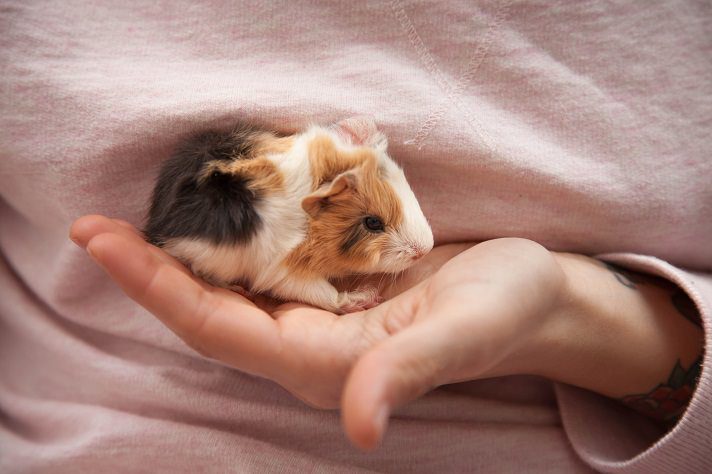
Contents
Ways to save weak baby guinea pigs
Method 1: Adoptive mother
This is the easiest way to feed a weak cub or an orphan. If a gilt with a large brood is placed next to a gilt with a small brood, the two females usually share the young, thus giving the larger litter a chance. This method can also be effective if the mother dies leaving newborns. Most females accept orphans and take care of them, so if for some reason one of the gilts refuses to take the cubs, find another and put the cubs to her.
In order to always be able to resort to replacing a dead pig with a foster mother, some breeders of pigs mate several males and females at the same time, since in this case the piglets will be born at about the same time, and mothers will be able to raise orphans together if one of the females dies .
Method 2: Artificial feeding ##
Before you start artificial feeding, you must accept the fact that this is a titanic work, and you are unlikely to emerge victorious in this fight. Knowing this, it will be easier for you if the cub suddenly dies, despite your best efforts. Never blame yourself for the death of a piglet: artificial feeding is very laborious, and the result depends not only on you and your efforts, but also on the vitality and courage of the cub.
The smaller, younger and weaker the cub, the less likely it is to survive. Large piglets are sometimes able to survive without anyone’s help, but in most cases, cubs left without a mother under the age of two weeks need additional care and attention.
Method 1: Adoptive mother
This is the easiest way to feed a weak cub or an orphan. If a gilt with a large brood is placed next to a gilt with a small brood, the two females usually share the young, thus giving the larger litter a chance. This method can also be effective if the mother dies leaving newborns. Most females accept orphans and take care of them, so if for some reason one of the gilts refuses to take the cubs, find another and put the cubs to her.
In order to always be able to resort to replacing a dead pig with a foster mother, some breeders of pigs mate several males and females at the same time, since in this case the piglets will be born at about the same time, and mothers will be able to raise orphans together if one of the females dies .
Method 2: Artificial feeding ##
Before you start artificial feeding, you must accept the fact that this is a titanic work, and you are unlikely to emerge victorious in this fight. Knowing this, it will be easier for you if the cub suddenly dies, despite your best efforts. Never blame yourself for the death of a piglet: artificial feeding is very laborious, and the result depends not only on you and your efforts, but also on the vitality and courage of the cub.
The smaller, younger and weaker the cub, the less likely it is to survive. Large piglets are sometimes able to survive without anyone’s help, but in most cases, cubs left without a mother under the age of two weeks need additional care and attention.
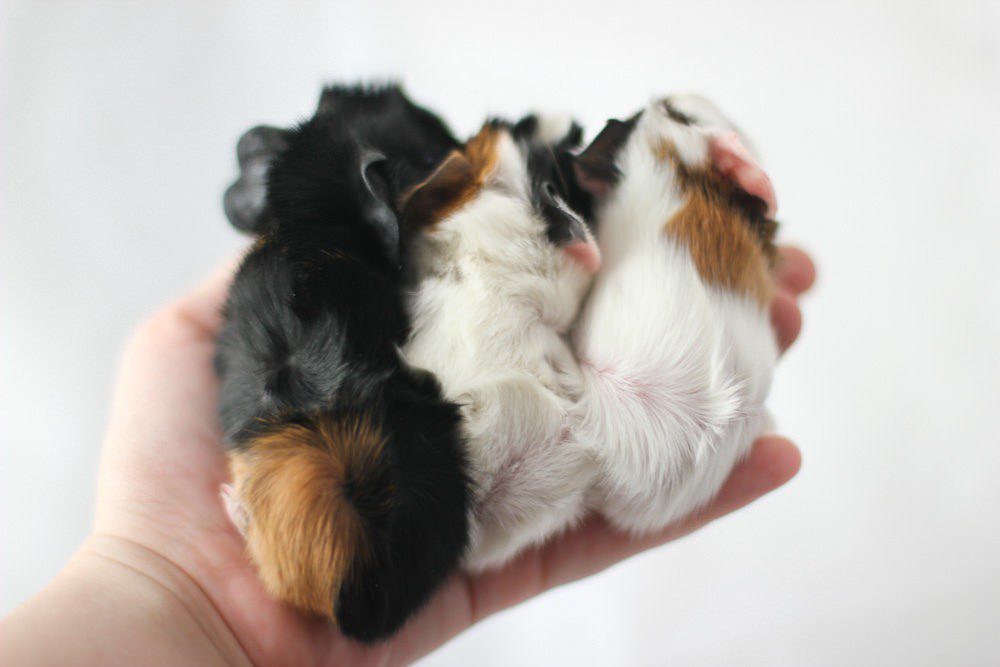
I am sure there are many methods of artificial feeding, and just as many opinions on this matter. The method described below is one I use myself and recommend to others as it is often successful.
In a pharmacy or supermarket, you can buy baby food powder in boxes. You need to buy food for the smallest children, i.e. one based on corn or rice, with or without fruit flavors. Choose one that is sufficient to dilute with water, as it contains milk, the components are easily digested and less foreign to the stomach.
Make a thin porridge and feed the pups with a 2cc syringe. Start with one syringe and feed every 15 minutes until the calf refuses to eat. In this way, you can understand how much the piglet needs to be completely saturated. You can also prepare your own meal: thin rice or corn porridge with a little blackcurrant juice added. However, my experience has shown that milk and baby cereal with added vitamins are much healthier and easier to use.
After a couple of days, add fruit puree to your diet – either homemade or baby puree in glass jars. Remember to give as much water or fruit juice from the syringe as your baby wants. Never try to force something into the pig’s mouth, as there is a risk of food entering the respiratory tract.
Here are the advantages of the above method:
While milk-only feeding requires multiple round-the-clock meals as it is quickly digested, porridge can be fed 4-5 times a day as it is more nutritious. Feeding at night is optional.
Guinea pig milk differs in composition from other animal milk, so cow’s milk is not very suitable for the stomach of pigs anyway.
When feeding porridge, the likelihood of it getting into the respiratory tract of the cub and, as a result, the onset of pneumonia is reduced.
The intestinal tract of babies is quite well developed from birth and is able to absorb more than just milk.
Baby food is rich in vitamin C, which is vital for babies. Other foods or milk may not contain vitamin C at all.
After feeding, wipe the pig’s mouth with a tissue. Also wipe the anus, as feeding stimulates urination and stool.
As mentioned above, artificial feeding is a difficult task, and many cubs are still not able to survive. One reason may be that the calf was too weak and formula feeding started too late for him. Milk inhaled and causing pneumonia and suffocation is another common cause of death. Eventually, the pups can die from the infection, as no food other than the milk of female guinea pigs contains specific antibodies against harmful bacteria.
Artificial feeding will cause the coat to be slightly worse than the rest of the babies, probably because the milk of guinea pigs contains an unknown component that contributes to the development of hair. Only when the cub begins to eat on its own will normal hair growth begin. The coat of artificially fed cubs is devoid of its usual luster and density, it is dry and prickly. Long-haired pigs will not be able to participate in exhibitions. And even in the case of short-haired pigs, it should take about two months before their coat looks normal and healthy again.
It is necessary to encourage the cub to start eating on its own as soon as possible. To this end, every day put grass and other plants for the piglet, as well as high-quality hay, dry food and water in the drinker. Many pups lose their natural vivacity and sense of spirit due to being kept alone, so keep such a piglet with other pigs. An adult female or male will nurse the cubs, warm and nurture them in every possible way, thus increasing the likelihood of survival.
© Mette Lybek Ruelokke
The original article is located at http://www.oginet.com/Cavies/cvbabs.htm.
© Translation by Elena Lyubimtseva
I am sure there are many methods of artificial feeding, and just as many opinions on this matter. The method described below is one I use myself and recommend to others as it is often successful.
In a pharmacy or supermarket, you can buy baby food powder in boxes. You need to buy food for the smallest children, i.e. one based on corn or rice, with or without fruit flavors. Choose one that is sufficient to dilute with water, as it contains milk, the components are easily digested and less foreign to the stomach.
Make a thin porridge and feed the pups with a 2cc syringe. Start with one syringe and feed every 15 minutes until the calf refuses to eat. In this way, you can understand how much the piglet needs to be completely saturated. You can also prepare your own meal: thin rice or corn porridge with a little blackcurrant juice added. However, my experience has shown that milk and baby cereal with added vitamins are much healthier and easier to use.
After a couple of days, add fruit puree to your diet – either homemade or baby puree in glass jars. Remember to give as much water or fruit juice from the syringe as your baby wants. Never try to force something into the pig’s mouth, as there is a risk of food entering the respiratory tract.
Here are the advantages of the above method:
While milk-only feeding requires multiple round-the-clock meals as it is quickly digested, porridge can be fed 4-5 times a day as it is more nutritious. Feeding at night is optional.
Guinea pig milk differs in composition from other animal milk, so cow’s milk is not very suitable for the stomach of pigs anyway.
When feeding porridge, the likelihood of it getting into the respiratory tract of the cub and, as a result, the onset of pneumonia is reduced.
The intestinal tract of babies is quite well developed from birth and is able to absorb more than just milk.
Baby food is rich in vitamin C, which is vital for babies. Other foods or milk may not contain vitamin C at all.
After feeding, wipe the pig’s mouth with a tissue. Also wipe the anus, as feeding stimulates urination and stool.
As mentioned above, artificial feeding is a difficult task, and many cubs are still not able to survive. One reason may be that the calf was too weak and formula feeding started too late for him. Milk inhaled and causing pneumonia and suffocation is another common cause of death. Eventually, the pups can die from the infection, as no food other than the milk of female guinea pigs contains specific antibodies against harmful bacteria.
Artificial feeding will cause the coat to be slightly worse than the rest of the babies, probably because the milk of guinea pigs contains an unknown component that contributes to the development of hair. Only when the cub begins to eat on its own will normal hair growth begin. The coat of artificially fed cubs is devoid of its usual luster and density, it is dry and prickly. Long-haired pigs will not be able to participate in exhibitions. And even in the case of short-haired pigs, it should take about two months before their coat looks normal and healthy again.
It is necessary to encourage the cub to start eating on its own as soon as possible. To this end, every day put grass and other plants for the piglet, as well as high-quality hay, dry food and water in the drinker. Many pups lose their natural vivacity and sense of spirit due to being kept alone, so keep such a piglet with other pigs. An adult female or male will nurse the cubs, warm and nurture them in every possible way, thus increasing the likelihood of survival.
© Mette Lybek Ruelokke
The original article is located at http://www.oginet.com/Cavies/cvbabs.htm.
© Translation by Elena Lyubimtseva



